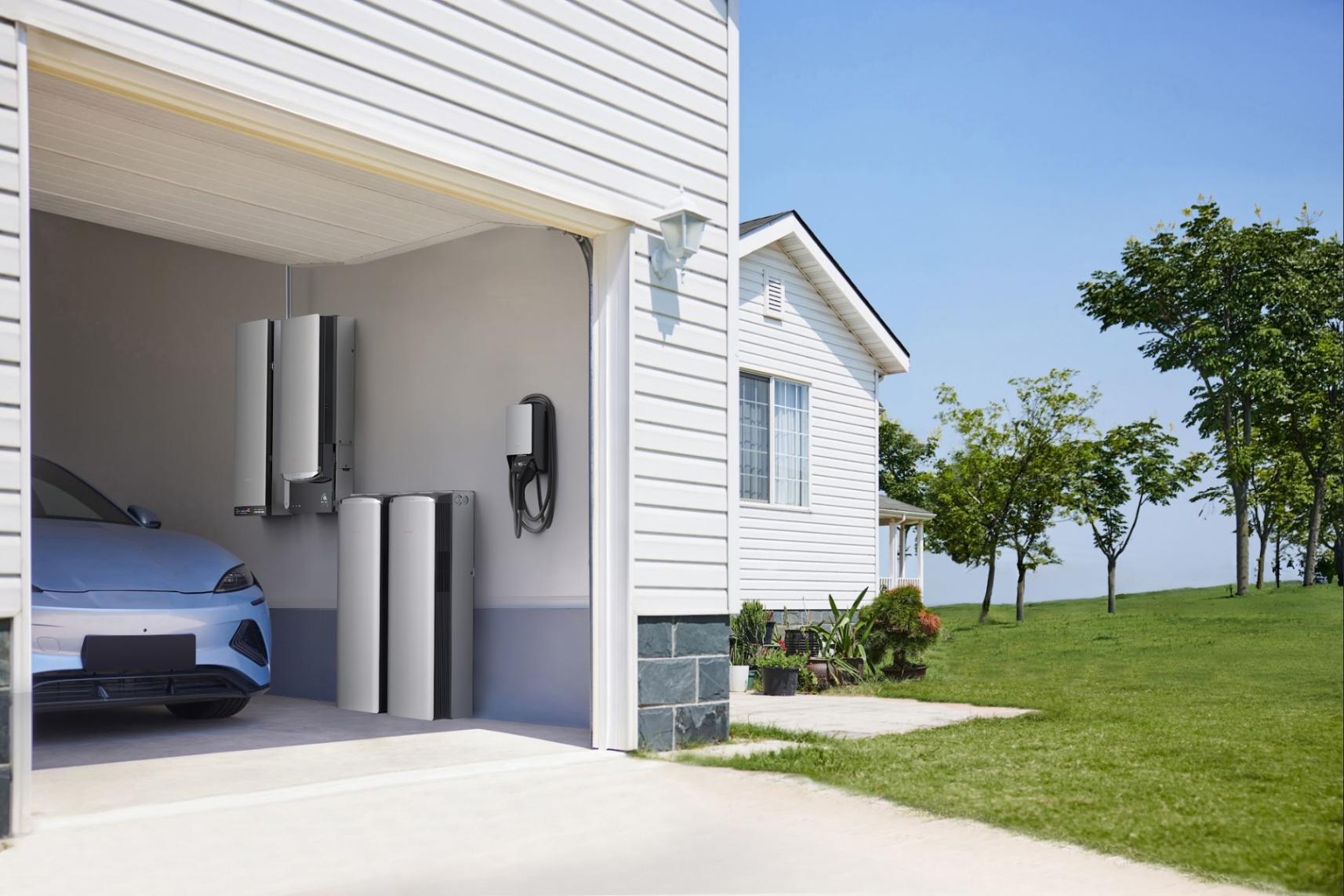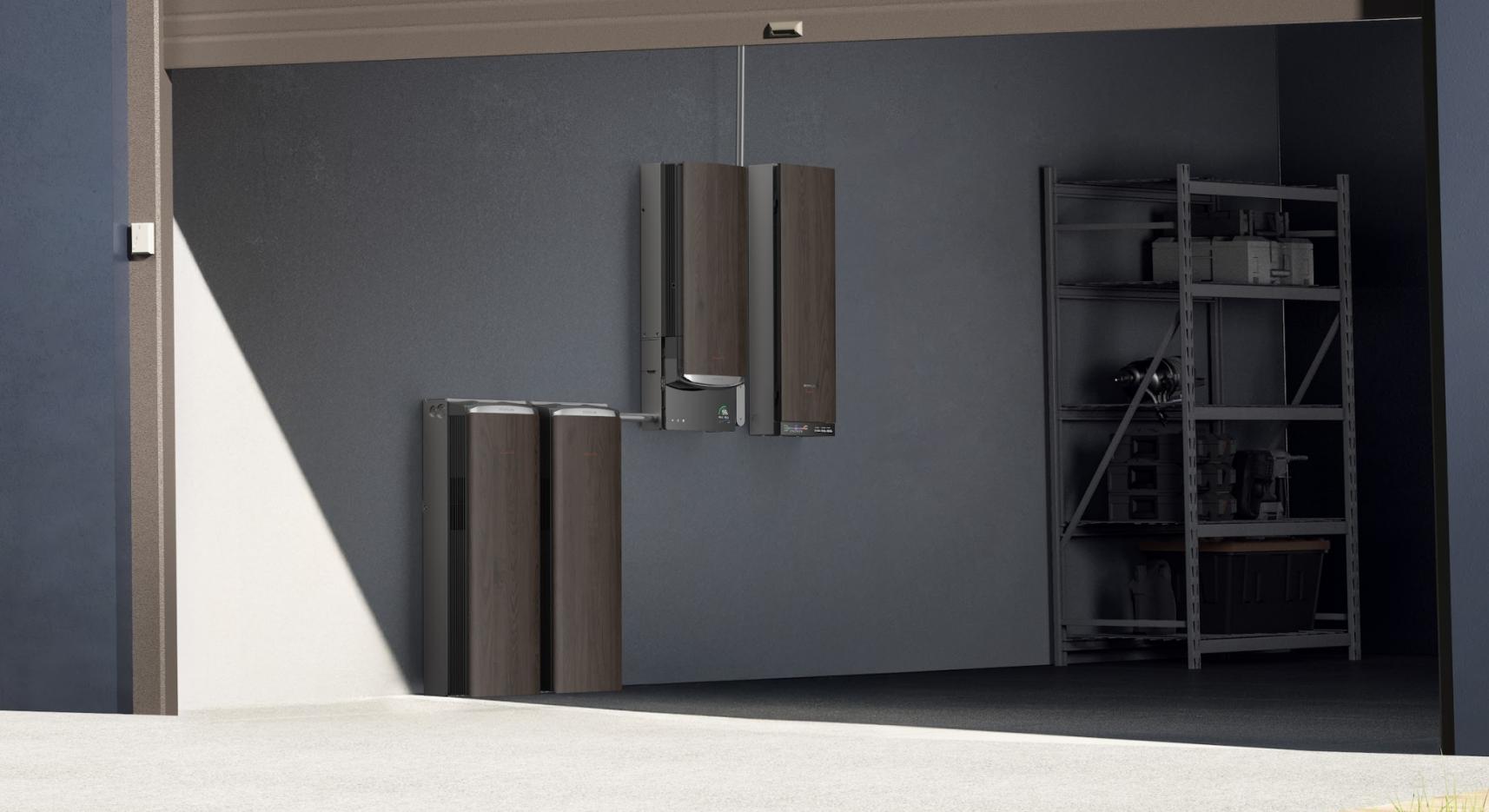Battery Warranty: All You Need to Know for Whole-Home Storage
Large homes run many critical loads at once. Refrigerators, HVAC, well pumps, medical devices, networking gear, and an EV charger may overlap during storms or heatwaves. A strong battery warranty keeps that reality predictable across a decade or longer. You want late-life runtime that still covers the night, a clear path to service when something breaks, and terms that match your cycling plan and local conditions.
This guide speaks to US whole-home storage owners. It shows how to read a battery warranty, how to translate policy text into usable hours, and how to keep coverage valid with simple habits. You will also see one point of context on an option that lists a 15-year battery warranty for large home systems, so you can anchor decisions without noise.
Which Battery Warranty Metrics Matter Most For Whole-Home Systems?
A battery warranty should match how a large home really uses energy. Read three elements together so late-life performance stays reliable and service remains practical.
Capacity retention. This percent sets usable energy in the final years. List your minimum overnight need if that floor is 8 kWh, size the initial capacity, so the end-of-warranty percent still clears that number at term end. This is the line that keeps freezers cold and air handling stable when the pack has aged.
Throughput or cycles. Policies often limit the total energy moved through the pack or the number of full cycles. Estimate your annual flow from solar self-consumption, time-of-use shifting, and any program you join. The battery warranty cap should cover that figure with a cushion, since seasonal peaks and heat waves raise demand.
Service and proof. Confirm the start date, installer credentials, product registration, live monitoring, and what is covered for labor and shipping. A clear path from ticket to resolution matters as much as the headline years.
Rule of thumb: final-year usable energy equals nameplate usable kWh multiplied by the end-of-warranty percent. A simple example helps. With a 20 kWh system, a 70 percent promise leaves about 14 kWh near-term end. A 60 percent promise leaves about 12 kWh. That 2 kWh gap can keep a refrigerator and an HVAC fan running for extra evening hours during an outage. This is the practical weight behind a lithium battery warranty promise.
How Long Are Battery Warranties For Whole-Home Storage?
Owners ask a direct question: how long are battery warranties today? In the US, ten years is a common baseline and some plans extend to fifteen years. Years alone do not decide value. Read the term together with the end-of-warranty capacity and the usage cap to forecast late-life runtime and bill impacts. For context, EcoFlow OCEAN Pro lists a 15-year battery warranty for whole-home storage. Use that single anchor, then check that its performance promise and usage support fit your cycling profile.
How Do You Compare Battery Warranties In One Pass?
Turn policy text into a clear choice with a three-line worksheet. Write the answers next to each quote and you will see the winner quickly.
- Line 1: Years and performance. Write the battery warranty term and the end-of-warranty capacity percent. Convert that percent into final-year usable kWh for your home.
- Line 2: Usage support. Write the throughput or cycle cap and compare it with your estimated annual energy flow. Mark passes or fails with a small buffer.
- Line 3: Service reality. Write what is covered for labor and shipping, the start trigger, the registration window, and the claim path. Confirm transfer rules in case you sell the house.
Small worksheet for quick comparisons:
| Line | Quote A | Quote B |
| Years + EoW Capacity | 15 yrs / 70% | 10 yrs / 70% |
| Usage Support | Throughput cap supports daily cycling | Cycle cap supports weekend cycling |
| Service Reality | Labor covered, start at commissioning, transferable | Parts only, start at delivery, non-transferable |
Pick the option that meets your final-year energy need, supports your cycling with headroom, and covers labor when you need help. This keeps the battery warranty decision grounded in outcomes that matter at home.


How to Keep Your Battery Warranty Valid
Think of your battery warranty as an asset. A simple routine keeps it active and speeds help when you need it.
Before installing: Hire a certified installer and ask for their license number. Agree in writing on the start trigger for the warranty, usually the commissioning date. Register the product within the stated window.
Right after commissioning: Save the commissioning report, serial numbers, and photos of nameplates in a single cloud folder. Connect the system to the app, confirm data is flowing, and allow firmware updates.
Season by season: Take quick photos of the enclosure and surroundings. Check clearances, seals, and ambient temperature during the hottest part of the day. Keep the system online so diagnostics are always available.
If something goes wrong: Create a short event log with the date, what happened, any error code, and an app screenshot. When you open a ticket, send documents in this order to speed triage:
commissioning report
serial list
monitoring screenshots
firmware version
your brief event log
This clear path protects a warranty battery claim and cuts downtime when service matters most.
What Does A Battery Warranty Cover?
A quick framework helps before you dive into the fine print. Focus on the five lines that decide the real value. Read them, add short notes, then ask for written confirmation on any gray area.
What To Verify | Why It Matters |
Performance Promise | End-of-warranty capacity shapes late-life runtime and bill savings |
Usage Limits | Throughput or cycle caps must fit your annual flow with a buffer |
Labor and Shipping | Clarify on-site labor, travel, and freight coverage to avoid surprise costs |
Start and Transfer | Start trigger, registration, and transfer rules affect resale and claims |
Connectivity and Records | Monitoring and clean documentation speed diagnostics and approvals |
Keep invoices, serial numbers, the commissioning report, monitoring screenshots, and the policy booklet in one cloud folder. Fast access shortens any future claim under your battery warranty.
Choose A Battery Warranty That Fits Your Home
Whole-home storage is a practical decision with high stakes. A strong battery warranty keeps it practical for the long haul by protecting late-life runtime, bill savings, and timely service. Read the policy through the lens of your house. Start with the minimum overnight energy you must preserve in later years. Add your cycling plan and local environment. Use the three-line worksheet to compare quotes, keep your evidence folder updated, and register on time. With those steps in place, your system will carry the home through storm seasons and rate swings with steady confidence, and your battery warranties will do the quiet work they were written to do.


FAQs
Q1. How do I get assistance with a battery warranty, and how do I get it quickly?
Request a written service plan from your manufacturer and installer with contact names and a desired turnaround time. Send monitoring images and commissioning reports along with the request. Provide for remote diagnostics. Prior-approve the hours a person can access the site. Retain documentation of maintenance. Clear information and access generally hasten scheduling.
Q2. Will participation in a virtual power plant affect my battery warranty?
Check the permitted operating modes and export restrictions. Ensure program cycles are within permitted cycles or throughput. Retain program reports and monthly reports as a record. Ensure you always have monitoring enabled. When dispatch profiles are modified, request the manufacturer to write and assure in writing that it complies with the rule changes prior to subscribing.
Q3. Can I relocate my battery system to another house and still maintain coverage?
Changing will typically require written authorization, inspections by experienced laborers, new permissions, and photos of the new location. Verify whether the battery warranty is attached to the original address. Document all inverters and each of the modules. Return the new serial numbers and the commissioning report immediately upon relocation.
Q4. If you replace a part, does the warranty on that part begin again?
The replacement pieces may vary. The majority of companies provide the original warranty on the battery or at least a warranty on the replacement. Ask for the procedures in writing prior to beginning the work. Ensure the new serial number gets included on your account and your receipt so that future claims will identify the replacement.
Q5. How do homeowners’ insurance and a warranty complement each other for battery systems?
A warranty covers defects and performance promises under defined conditions. Insurance covers perils such as fire, theft, or storm damage as defined by the policy. Carry both. Tell your insurer about the system so coverage reflects its value. Keep photos, invoices, and permits to support a claim.